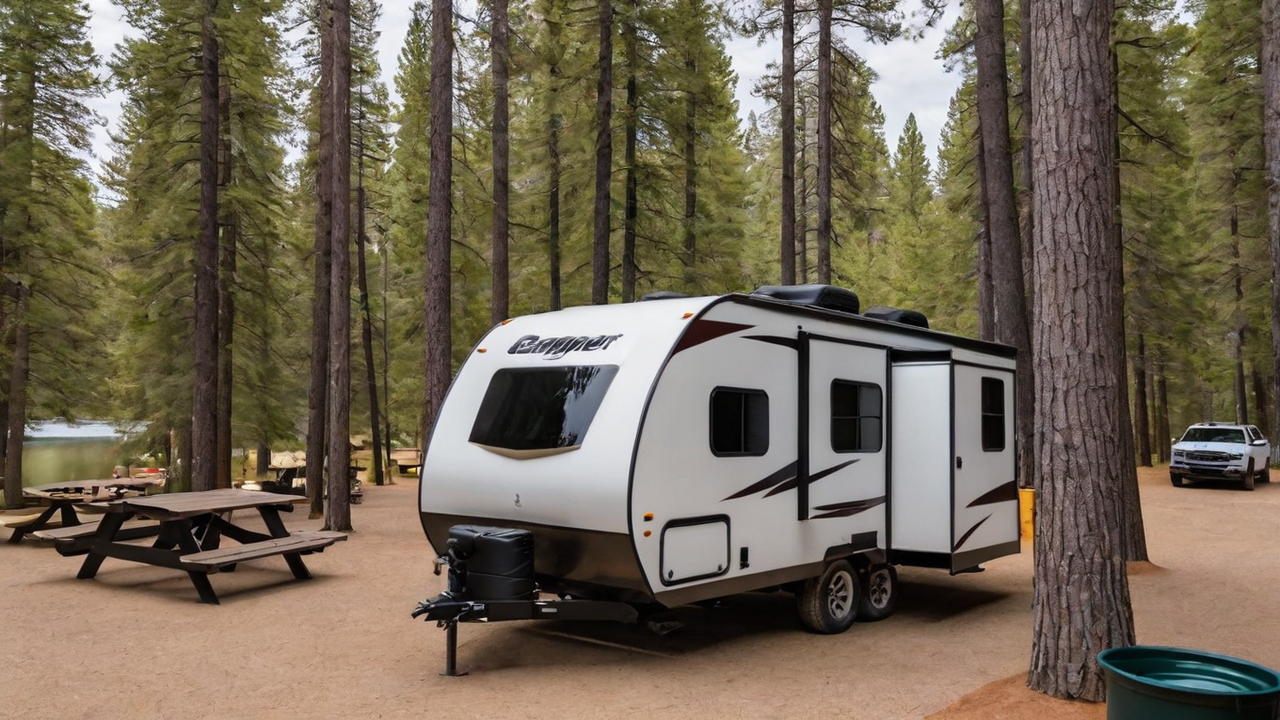Crafting an Optimal User Experience: Design Guidelines for Campground Software
Crafting an Optimal User Experience: Design Guidelines for Campground Software
Blog Article

Comprehending Your Audience
Identifying which your target audience are vital in crafting an effective user experience. It is crucial to consider their needs, preferences, and tech savviness. This knowledge directs every designing choice, guaranteeing that your program becomes accessible and easy to use.
Knowing the audience also means recognizing the challenges and how they plan to utilize your camping software. It allows designers to tailor features and functionalities that address specific requirements, thus making the software not only helpful but also essential.
Streamlining the Navigation
Simplifying your navigation system is one major component of user interface design. An clear navigation structure ensures visitors can quickly find what they're searching for, minimizing frustration and improving satisfaction levels. It's about the journey through the software as smooth and effortless as possible.
Moreover, a well-designed navigation leads visitors through your software, emphasizing features and capabilities that they otherwise would overlook. Such an approach not only boosts usability but also promotes deeper engagement with the campground software's full range of features.
Integrating High Quality Graphics
Visuals play an important role in designing an appealing UI. They aid in breaking up monotony and can demonstrate features more effectively than text alone. Picking the right visuals, symbols, and color schemes can enhance the look of your application, making it more appealing to the users.
Additionally, a consistent visual style is for building brand identity and trust among users. Each element must be in sync with your brand’s ethos and the overall mission of the software, leading to a seamless user experience that feels both professional and welcoming.
Enhancing the Responsiveness
In the current tech world, people demand camping software to be responsive on all platforms, from desktop computers to mobile phones. A adaptive interface makes sure that no matter of the device size, the application provides an optimal experience. It not only increases usability but likewise caters to the users’ mobile lifestyle.
Moreover, improving the responsiveness can result in improved performance, minimizing load times and avoiding user frustration. Users value a fast and smooth experience when using campground applications, which makes speed a crucial aspect in satisfaction levels.
Optimizing the Search
Searching for data efficiently is crucial in any kind of software, particularly in campground software systems. Optimizing your search functionality enables visitors to easily locate exactly what they're looking for, which in turn boosts user experience and productivity. By intelligent search features, you can minimize user frustration and boost general satisfaction.
Moreover, advanced search options such as filtering options and tagging can help in narrowing down results, making the search process more effective. Introducing these functionalities shows an understanding of the users' needs and a commitment to making their experience with your campground system as seamless and effective as possible.
Focusing on User Security
Protecting user information must be non-negotiable when coming to developing campground software. Users need to feel safe when entering their private data. Guaranteeing strong security protocols not only protects the data but likewise builds a sense of trust between your user and the company.
In addition to standard security features like passwords and data encryption, it's important to consider implementing additional security measures such as two-factor authentication or biometric security logins. These measures provide additional layers of security, ensuring that customer data is held secure from unauthorized access.
Utilizing Feedback
Feedback is essential for continuous improvement of any campground software. It enables developers to see what works, what doesn’t work, and how the application can be bettered to better meet user expectations. This type of feedback creates a partnership between the customers and the team, which makes them feel they are a part of the software’s evolution.
Incorporating this feedback effectively can lead in tangible enhancements in user interface designs and the overall user experience. Implementing changes based on real input shows that the brand listens to its users and is committed to providing a top-notch experience.
Keeping Simplicity
In design, the principle of simplicity is fundamental. An unnecessarily complicated interface can overwhelm users, leading in an unpleasant UX. Keeping things simple, on the other hand, helps your software easier to understand and navigate. This encourages greater user engagement and satisfaction.
Furthermore, maintaining simplicity should extend to your software’s content and functionality. Avoiding superfluous functions that do not add value can ensure that your UI remains more details uncluttered and focuses on the essential needs of the end-users. By doing so, you create a more streamlined and effective UX that resonates with your audience.
Report this page